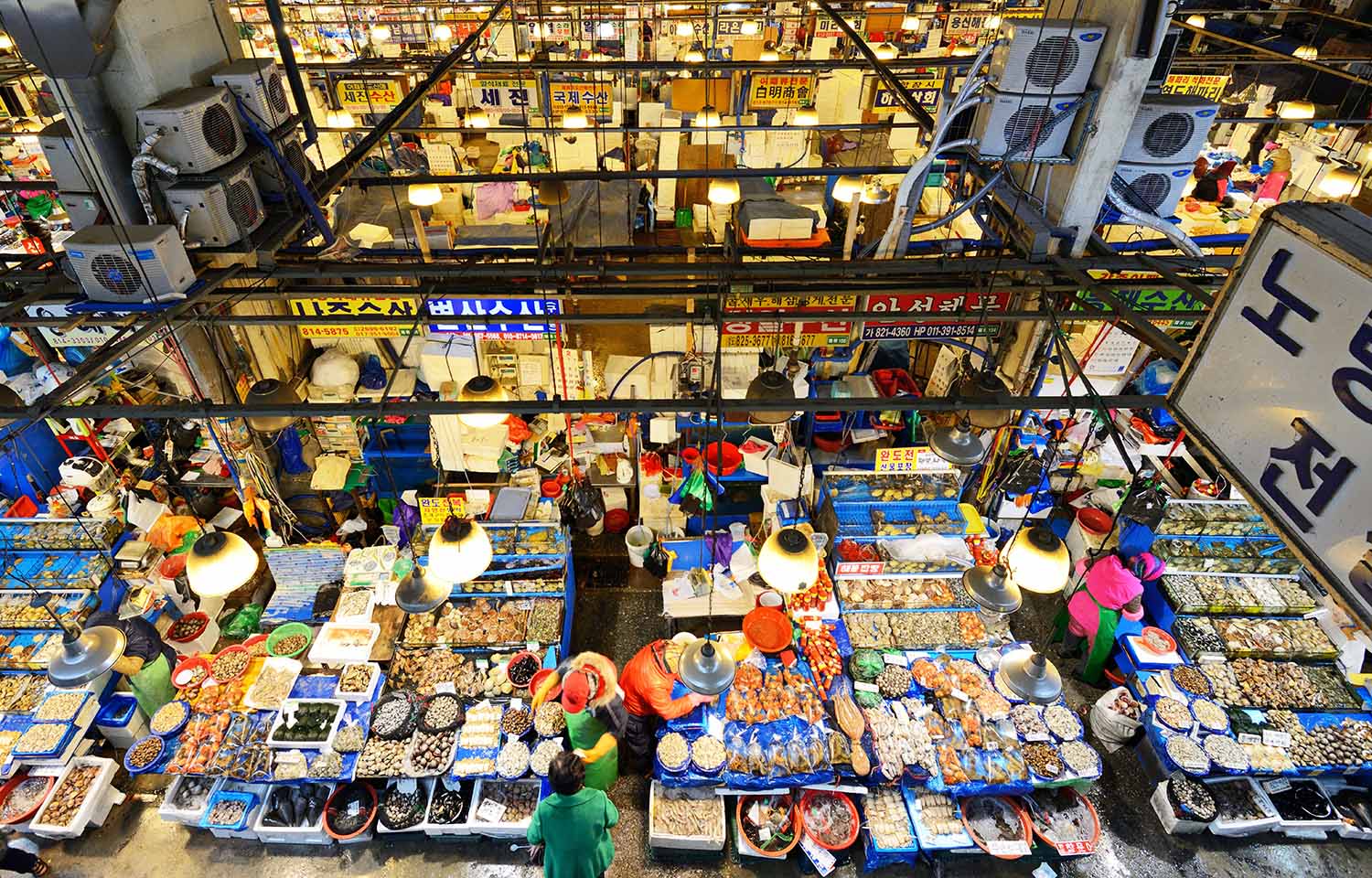South Korea's seafood imports from Japan fell 12.8 percent by value in 2023, compared with a year earlier, to approximately USD 151.9 million (EUR 140.3 million), according to Korea Customs Service data.
The figures are for H.S. Code 03 – “Fish and crustaceans, mollusks and other aquatic invertebrates.” The Seoul-based Yonhap News Agency reported the drop was the biggest year-on-year decline since 2012, the year after Japan’s Fukushima nuclear disaster, when imports of fish and shellfish fell by 33.3 percent.
In 2013, South Korea imposed an import ban on seafood from the eight Japanese prefectures of Fukushima, Ibaraki, Gunma, Miyagi, Iwate, Tochigi, Chiba, and Aomori and added testing requirements for seafood from other prefectures, claiming that Japan had issued inconsistent information about radiation levels. That ban remains in place, despite a warmer diplomatic approach toward Japan by South Korea’s president Yoon Suk Yeol, who took office in 2022.
South Korea has generally opposed Japan’s release of ALPS-treated cooling water containing tritium, even though operational nuclear power plants, including those in South Korea, routinely release diluted cooling water containing tritium into the ocean. Tritium has a short half-life and does not bio-accumulate.
While South Korea’s reluctance to lift the ban is likely influenced by domestic public opinion, bans by China and Russia may have more to do with international politics.
China banned imports of all Japanese seafood after the release of the cooling water began in August 2023, a week after leaders from Japan, South Korea and the United States agreed to deepen trilateral defense cooperation.
Russia copied the move in October, likely in response to Japan’s imposition of Ukraine War-related sanctions, following the lead of the United States. This can be inferred by the operations of Russian trawlers operating off the coast in Japan’s northeast Honshu Island, near Fukushima. Japan’s Sankei newspaper and the South China Morning Post reported at least three Russian trawlers were tracked operating off northeast Japan on 14 January, approaching within 32 kilometers of the Fukushima Daiichi nuclear plant.
A December 2022 agreement between the countries allows fishing in parts of each other’s respective exclusive economic zones. The Russian vessels are large freezer-trawlers targeting mackerel, sardines, and longfin codling (Laemonema longipes), and Japan has granted them access to the Pacific Ocean side of Hokkaido and Northeastern Honshu Island. So the trawlers are operating legally, but as the fish caught can enter Russia, their presence in Japanese waters indicates that the country’s stated food safety concerns about the dangers of the fish caught in Japanese waters might not be legitimate.
Meanwhile, the Japanese government is aiming to redirect the country’s seafood exports to Southeast Asia, inviting ambassadors from Indonesia, Malaysia, the Philippines, Singapore, Thailand, and Vietnam to Japan’s Toyosu seafood market to promote local seafood products in those countries, according to NHK World-Japan News.








